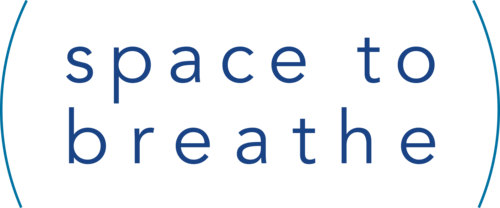Authentic Living
When you begin to research the idea of “being real” you are quickly introduced to the word ‘authentic’ or ‘authenticity.’
Sometime is authentic, according to the Oxford Dictionary when it is “of undisputed origin and not a copy; genuine.” This is often the case with objects e.g. this is an authentic antique. However, in terms of people this starts our thinking.
How often do I express a copy of myself or something that isn’t really me? I react in a way I think others want me to. Maybe I say what I think people want rather than what I think? Maybe I dress or act in a way to be accepted rather than feeling like it’s the real me.
Being authentic or living in an authentic way suggests we are willing to be as true to ourselves as we find possible. This, as you can imagine, is very hard.
It requires:
Courage from myself to be willing to act or speak with a sense of truth to myself.
Acceptance from others to give me the safety and assurance to be myself in a healthy way.
Safety from the communities, groups or spaces that I live in – that honesty and being myself will be encouraged.
Brene Brown suggests that being authentic requires us make regular choices. She writes:
“authenticity is a collection of choices that we have to make every day. It’s about the choice to show up and be real. The choice to be honest. The choice to let our true selves be seen.”
I like this quote as it makes the idea of authencity feel more achievable. Some days I have no idea who the real me is but if I make the choice to be honest, to be real, to show myself – I can start there.
Why not try this?
Write this on a piece of paper and place it somewhere you look often in your house (your fridge, by your door, on a mirror) or workplace (on your desk, by the coffee machine.)
Be myself
Be honest
Be seen
Use this paper as a prompt to try and make a daily choice to be a little more authentic each day. Ask yourself:
How can I do this thing or take part in this activity in a way that is really me?
What is the honest thing to say?
How can I allow myself to be seen with this thought, this emotion or in this place?
Doing this is hard, so try and start by doing this once a day and go gently. Over time you’ll begin to learn to do this more but start with once a day.
Think about how many questions we are asked. You could start there by responding at least once with honesty.
How are you?
What do you think?
What would you like?
What shall we do?
Richness
The Cambridge Dictionary adds another dimension to the idea of authenticity. In it’s definition it says:
Authenticity arguably has a further dimension, beyond objects or information, namely richness.
If we can begin to live authentically it helps us to become healthier and to be richer in our lives.
Think about it…
It’s an effort to keep trying to be someone we’re not.
It’s not very fulfilling to not be able to yourself.
It’s hard to feel accepted when we’re not really being ourselves.
Alternatively…
It’s often a relief to be honest, even if it’s tough to do it.
It’s fulfilling to start acting and being like you and to do the things you enjoy doing.
It’s encouraging when we know we’re being ourselves and find people like it.
Try this …
Try each day to reflect on your day and ask yourself where you feel you truly acted as yourself and were honest in some way – whether words, actions, sharing feelings or something else. How did it go and how did others react?
Use this as an encouragement to yourself and note down anything you’ve learnt.
Build up a journal over time which helps you understand yourself more.
Authenticity is a very tough thing to achieve and a very challenging thing to try and live by. But when we act a little bit more like us every day it can have a very great impact on our health and wellbeing. Why not give these activities a go and let us know how you got on.

